Time, memory, and genetics weave together in an unbroken thread, shaping us in ways both seen and unseen. Chronogenics was born from my deep need to explore these forces—forces that define our relationships, our identities, and the legacies we carry.
For years, I lived with a growing distance from my father, nearly fifteen years of silence that I eventually chose to break. That reconciliation, along with my own passage into my forties, forced me to confront something I had long resisted: the idea of fatherhood. I had always told myself I didn’t want children, believing that true fulfillment lay elsewhere. But time has a way of unraveling certainties, and I began to question whether the modern narrative—that parenthood is a burden, an obstacle to personal achievement—was depriving people of something far more profound. I realized that the story we are often told, especially to women, is one of sacrifice: that in choosing to create life, they relinquish their potential. And yet, so many, later in life, are left questioning whether they were misled.
This project is not just about physical resemblance; it is about the invisible imprints we leave on each other. It is about the bonds that shape us, the choices we make, and the identities we construct—not just from what we inherit, but from what we eventually choose to embrace.
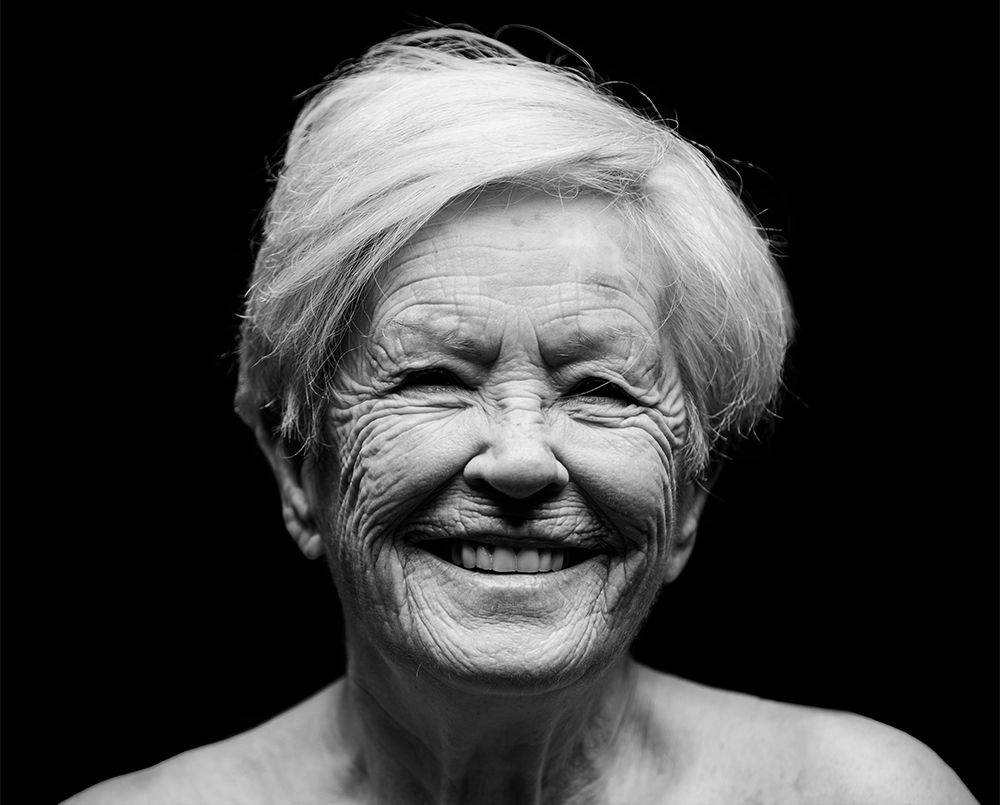
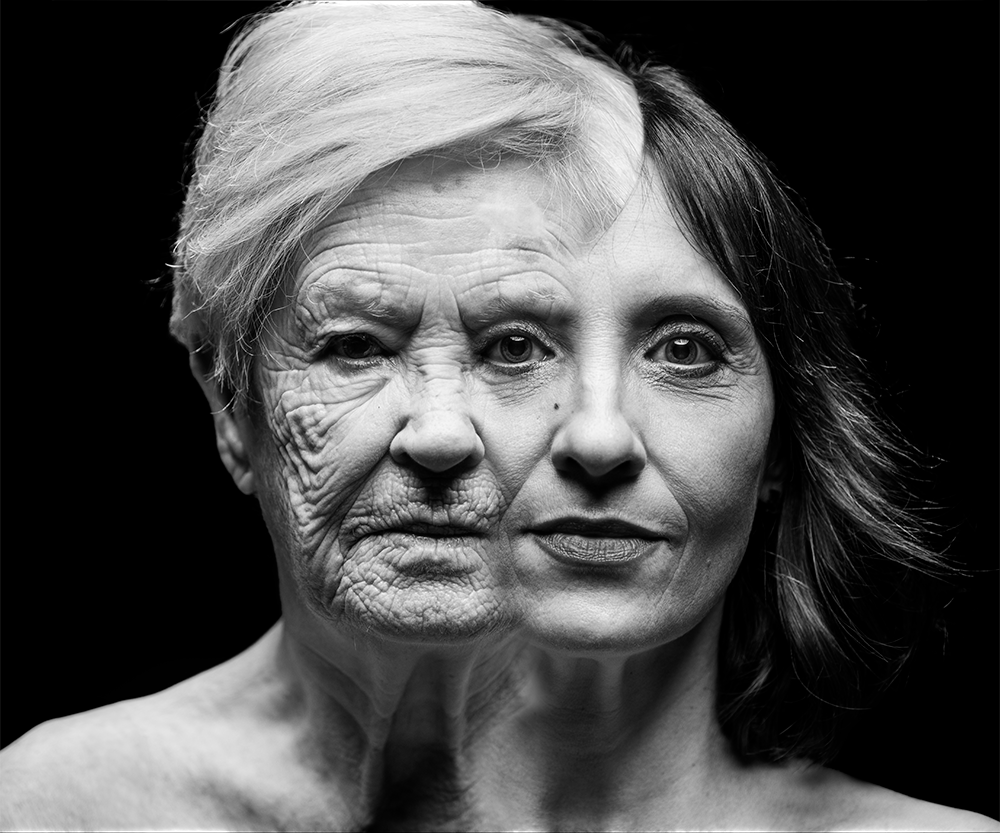
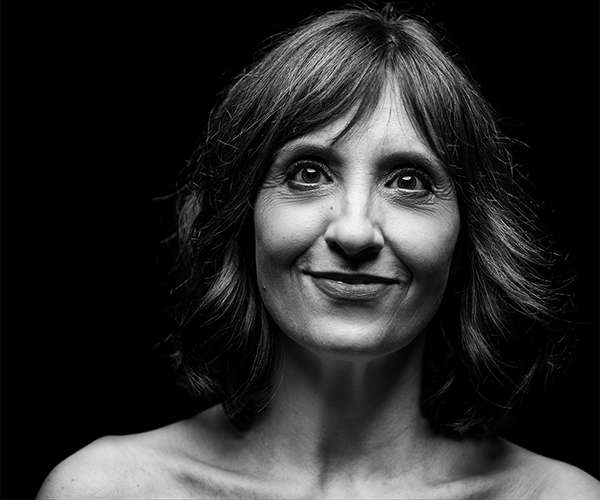
Adriana & Marzia
Adriana, a mother thrust into parenthood unexpectedly, carries the quiet complexities of a life reshaped by circumstance. Her daughter, Marzia, the unplanned firstborn, has grown up navigating the emotional ripples of this dynamic. Adriana’s strength is often unspoken, while Marzia, reflective and candid, contemplates the burden and beauty of being the 'too-early' child in a family marked by its imperfections.
Adriana, a mother thrust into parenthood unexpectedly, carries the quiet complexities of a life reshaped by circumstance. Her daughter, Marzia, the unplanned firstborn, has grown up navigating the emotional ripples of this dynamic. Adriana’s strength is often unspoken, while Marzia, reflective and candid, contemplates the burden and beauty of being the 'too-early' child in a family marked by its imperfections.
Chronogenics is a visual investigation into the silent dialogue between time, identity, and genetic memory. The project explores the delicate balance between what we inherit and what we become, capturing the interplay between individuality and generational continuity.
Through a series of portraits of parents and their children, combined with “fusion” compositions, the series questions the nature of identity as a layered construct, where biology intertwines with experience. The central composition is not merely a sum of two faces but a convergence point—a visual metaphor where the past meets the future, and identity dissolves only to be reshaped.
It evokes the image of a dividing cell, a process of renewal, an identity constantly evolving. The familial bond is not just a biological fact but a tangible trace of time, repeating and transforming like a natural cycle that transcends the individual.
Flanking this fusion, the separate portraits complete the narrative. Each face asserts its autonomy, yet an invisible thread binds them—a subtle gesture, an expression, a smile. In this interplay of resemblance and divergence, Chronogenics finds its purpose: a meditation on the fragility and power of human legacy.
Is identity a destination or an unending journey? Chronogenics seeks to answer this question, offering a reflection on the inseparability of who we were, who we are, and what we leave behind.
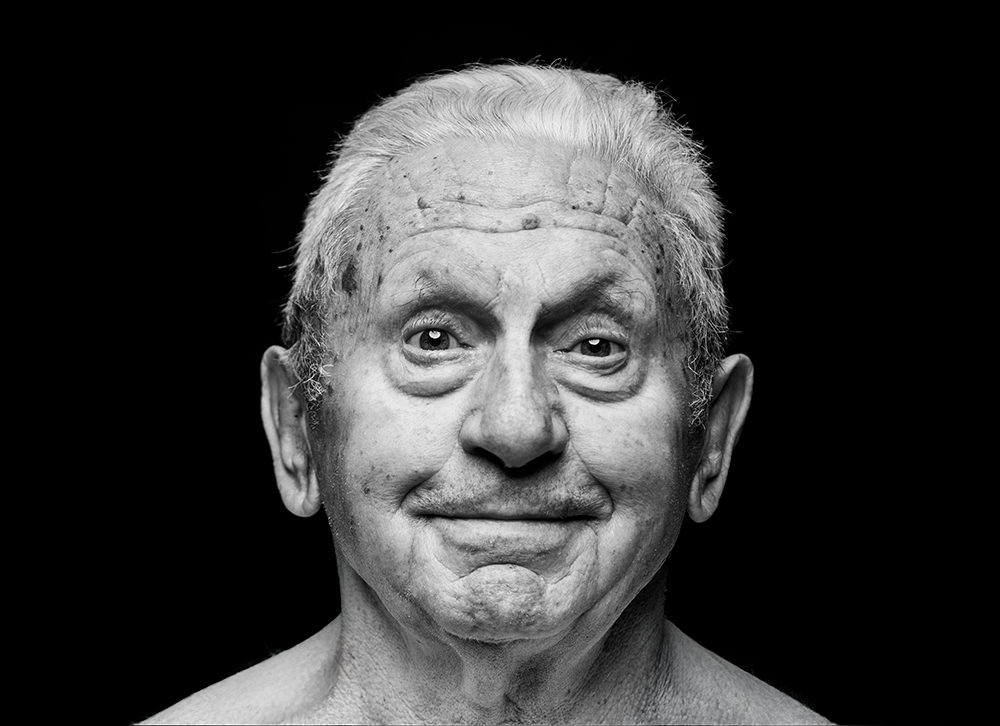
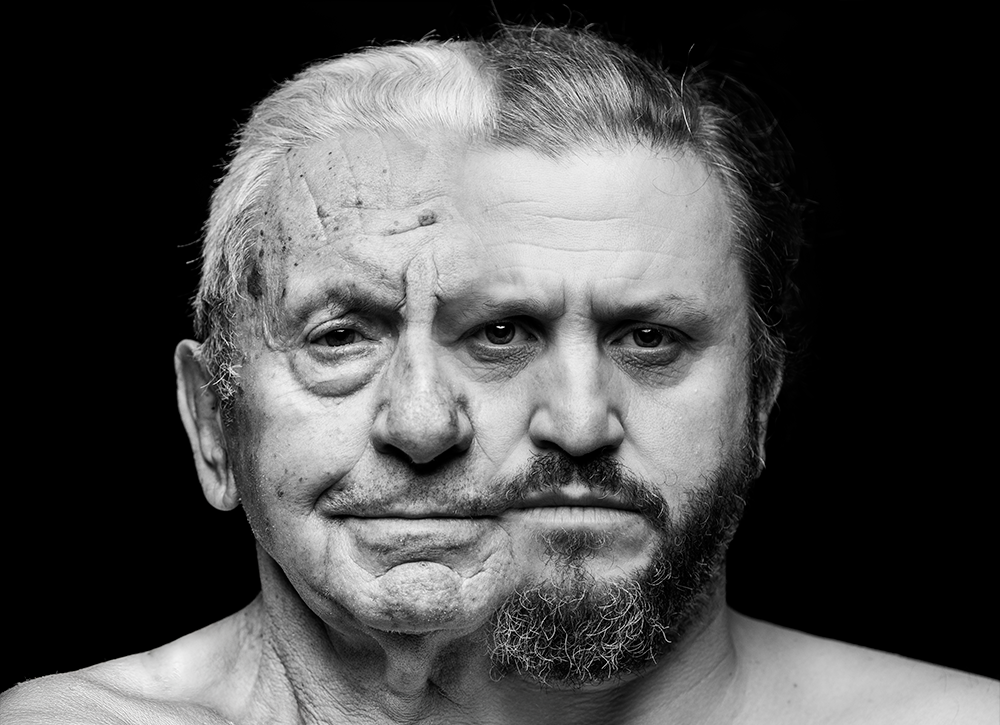
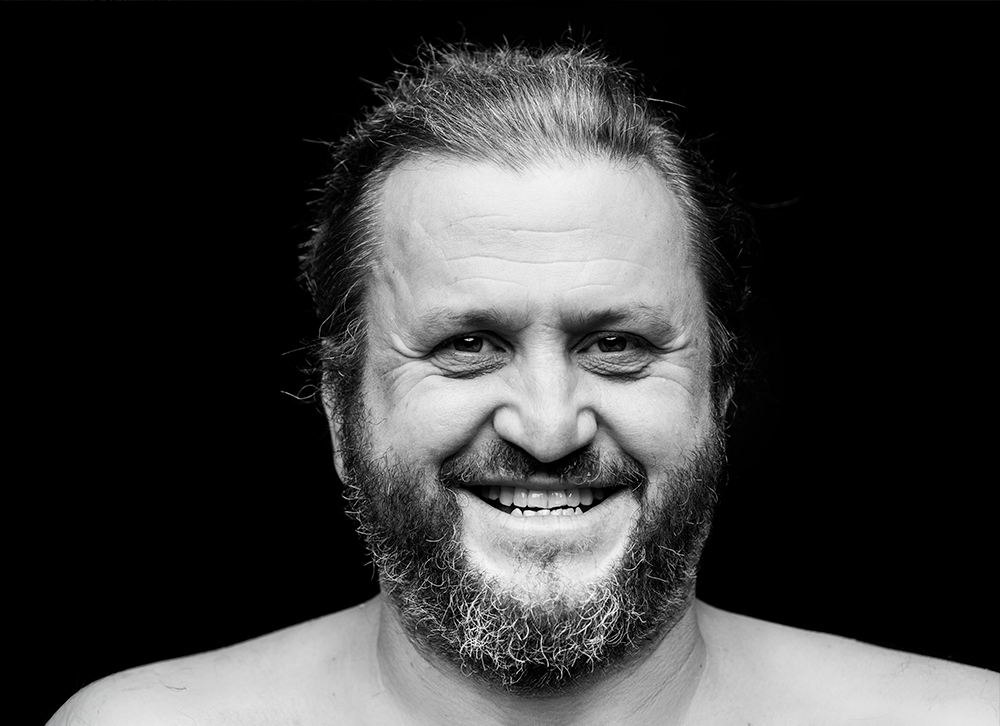
Franco & Francesco (Self-Portrait)
Franco, once a hero in the eyes of his son Francesco, faced a long period of separation marked by financial struggles and emotional distance. After over a decade without contact, Francesco chose forgiveness, rebuilding a bond he once thought lost. Franco's smile now reflects the deep joy of reconnecting, a quiet celebration of redemption and love rediscovered.
Franco, once a hero in the eyes of his son Francesco, faced a long period of separation marked by financial struggles and emotional distance. After over a decade without contact, Francesco chose forgiveness, rebuilding a bond he once thought lost. Franco's smile now reflects the deep joy of reconnecting, a quiet celebration of redemption and love rediscovered.
Contact me
Interested in learning more about Chronogenics or bringing a unique portrait into your own story? Whether you have questions about the project, want to explore collaboration opportunities, or are considering commissioning a personalized piece, don’t hesitate to reach out. Every story is unique, and I’d love to connect and discuss how we can create something meaningful together.
Telephone +39 349 6175730
Email francesco@francescodibene.com
Email francesco@francescodibene.com
Thank you!
